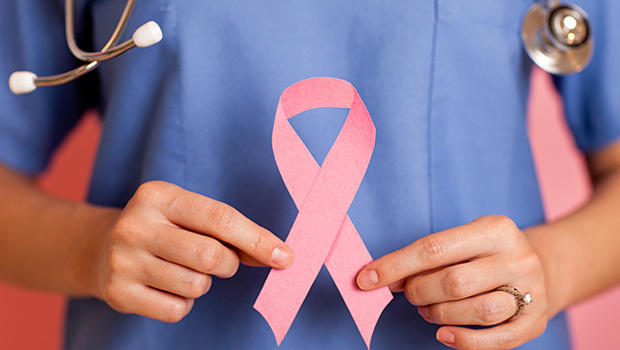Drug-resistant bacteria responsible for increased infection rates in surgery patients
02/07/2019 / By Jessica Dolores

In surgery – as in life – the gap between the haves and the have-nots is real and significant. Unfortunately, this gap impacts people in a manner that can adversely affect a person’s health, according to researchers at the University of Birmingham, University of Edinburgh, and the University of Warwick. The study, published in Lancet Infectious Diseases, mentioned that low-income countries have a greater risk of surgical site infection (SSI) after gastrointestinal surgery.
“Our study shows that low-income countries carry a disproportionately high burden of infections linked to surgery,” explained research lead Ewan Harrison. “We have also identified a potential link between these infections and antibiotic resistance. This is a major healthcare concern worldwide and this link should be investigated further.”
The international, prospective, and multicenter cohort study also pointed out that people who had surgery in these countries have an increased chance of developing an infection linked to drug-resistant bacteria.
According to Harrison, a clinical lecturer from the University of Edinburgh, aside from the patient’s health, the type of surgery, and the condition that is being treated, other variables that make the difference could include the facilities available in the area, as well as the length of time needed for a patient to get to a hospital.
“If you’re in rural sub-Saharan Africa and you’re run over by a car, it may be a number of days before you can get to a hospital,” he said in an article for Voice of America (VOA). “During that time, infection can get into wounds.”
The study involved 12,539 patients from low-, middle- and high-income countries, according to the U.N.’s Human Development Index (HDI). In total, researchers looked at data from 343 hospitals in 66 countries regarding patients who had undergone a gastrointestinal resection in a two-week timeframe.
Aside from the clinical data, variables from the GlobalSurg1 study, as well as those from other studies, were included in the risk adjustment models. Outcomes were defined as by the 30-day SSI incidence, based on the criteria set forth by the U.S. Centers for Disease Control and Prevention, and relationships were evaluated using the Bayesian multilevel logistic regression models.
Incidences of SSI varied depending on the HDI classification of the country: high-income countries had a 9.4 percent incidence rate, middle-income countries had 14 percent, and low-income countries had 23.2 percent. After risk factor adjustment, low-income countries were noted to be at most risk of an SSI at a 1.60 ratio. In comparison, middle-income countries only had a 1.12 ratio of getting an SSI.
In addition, 21.6 percent of 610 patients with SSI had one that is resistant to prophylactic antibiotics. Those in low-income countries had the largest incidence at 35.9 percent, followed by middle-income countries at 19.8 percent and 16.6 percent of high-income countries.
According to the study, this could be attributed to low-income countries doling out more antibiotics than other areas, both before and after the surgery. (Related: Scientists stunned as common bacteria quickly transform into drug-resistant superbugs.)
“That may be completely appropriate if the patients are needing the antibiotics,” Harrison explained. “But that may also be an area where unnecessary use of antibiotics could be reduced in order to reduce drug resistance.”
The results scored the need for ” high-quality interventional research, urgent, pragmatic, randomized trials” in low-income countries to develop measures to reduce complications. Researchers are now looking at developing skin-cleaning techniques and antibiotic-impregnated stitches for future tests.
Sources include:
Tagged Under: antibiotic resistance, antibiotic-resistant bacteria, Antibiotics, drug-resistant bacteria, infection, low-income countries, prevention, superbugs, surgery, surgical site infection


















